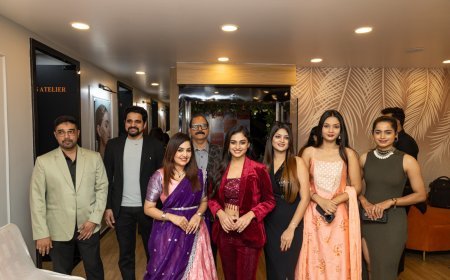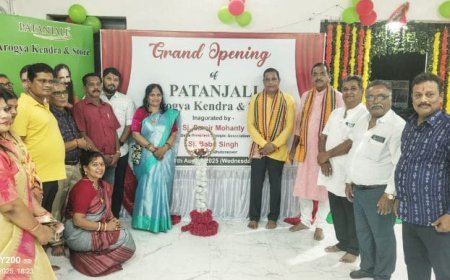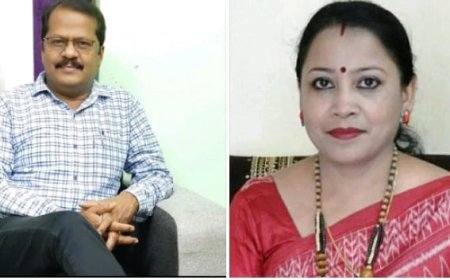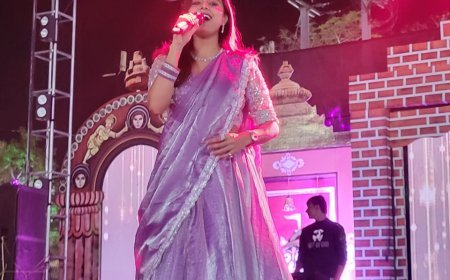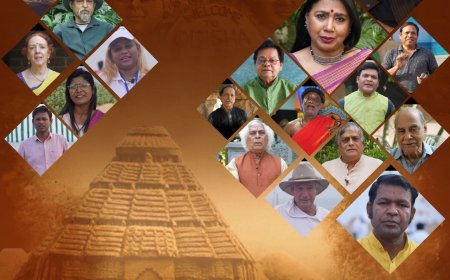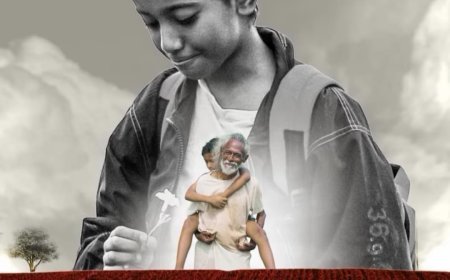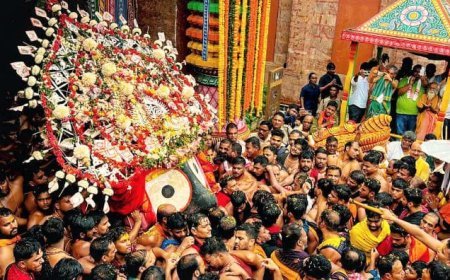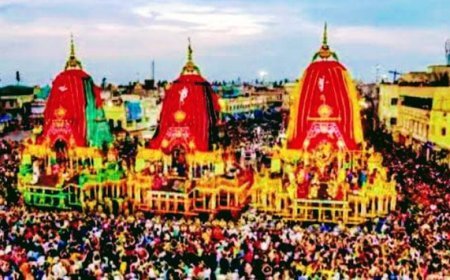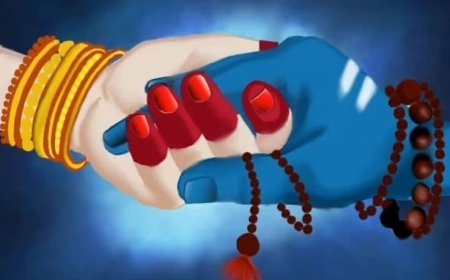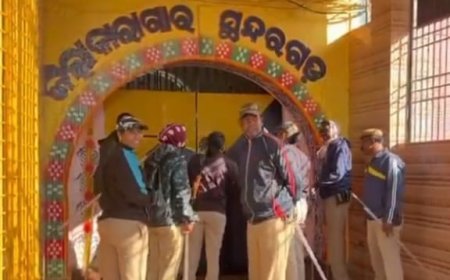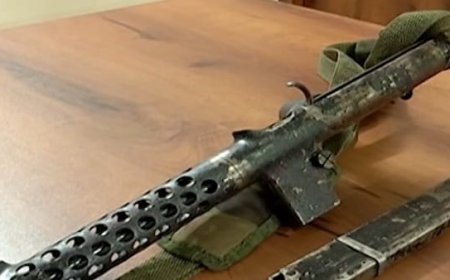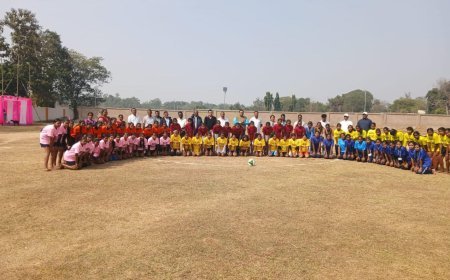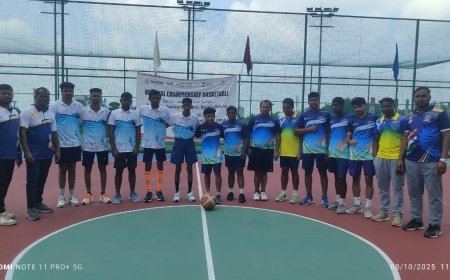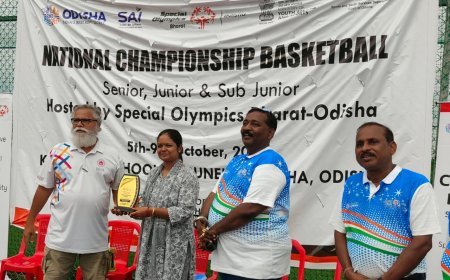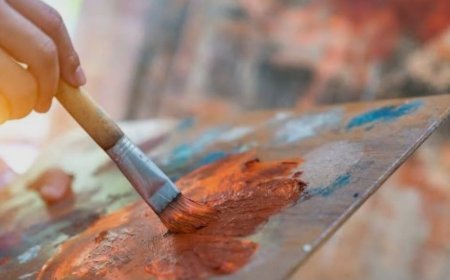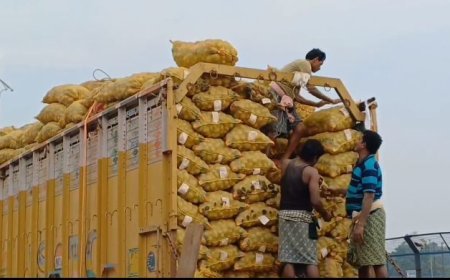PITALA MACHA, Belaguntha, Odisha: The Living Legacy of Flexible Brass Craft
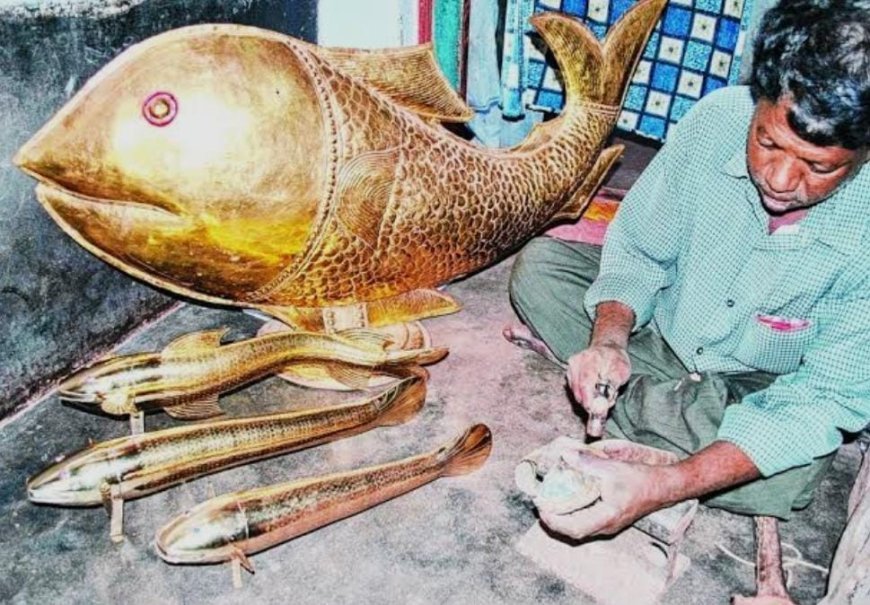
Sanjay Bhatt
Nestled in the heart of Odisha’s Ganjam district, the historic town of Belaguntha holds a unique identity — famously known as the Brass Fish Town of India. During the British Raj, Belaguntha thrived as the principal marketplace of South Odisha. Today, it garners global recognition for its mesmerising brass fish, locally known as Pitala Macha — a handcrafted marvel celebrated for both its artistic elegance and symbolic significance.
The Art of the Flexible Brass Fish
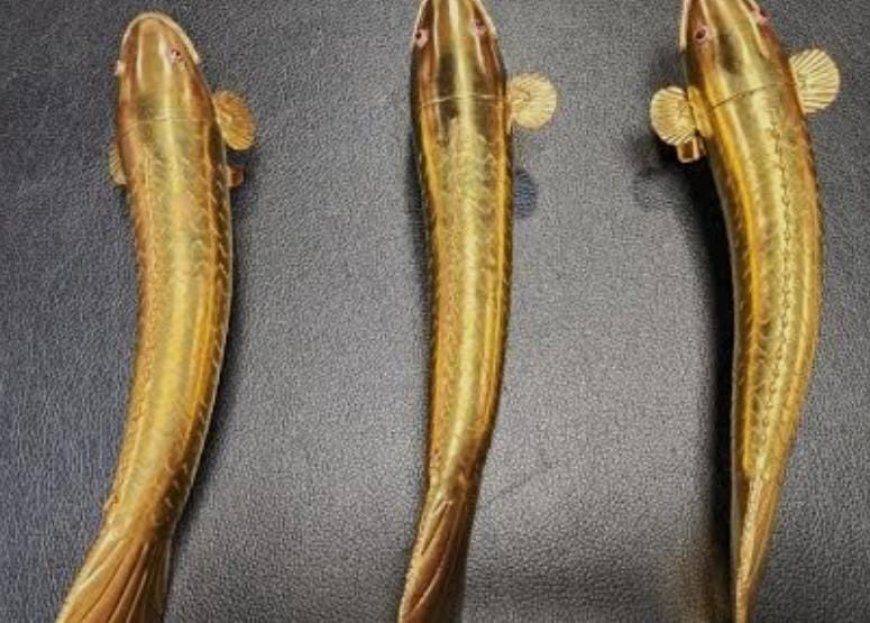
The Pitala Macha is no ordinary ornament. It is an exquisite example of biomimetic craftsmanship, crafted entirely by hand from separate pieces of recycled brass. These segments are meticulously assembled using a thin wire, allowing the fish to move fluidly, mimicking the lifelike motion of an actual fish. For instance, a 20-inch-long fish may require over 50 individual brass pieces, each joined with mathematical precision — a skill mastered only through generations of experience and deep dedication.
Legend has it that the first artisan’s fish was so expertly crafted it could move even in ocean water, captivating royal households with its lifelike grace. In traditional Odia culture, gifting a Pitala Macha to a daughter during her marriage was considered auspicious, representing Lord Vishnu’s Matsya Avatar — the divine fish incarnation — symbolising protection and new beginnings.
The Craft’s Origins and Sri Bhikari Moharana’s Legacy
The story of Belaguntha’s flexible brass craft finds its heart in the contributions of Sri Bhikari Moharana, a master craftsman from a family originally engaged in the Royal Armoury. These artisans were once employed under the King, responsible for designing war jackets, weapons, and other military gear. Over time, Sri Bhikari Moharana and his descendants began to channel their metallurgical expertise into artistic exploration, birthing the idea of the flexible brass fish.
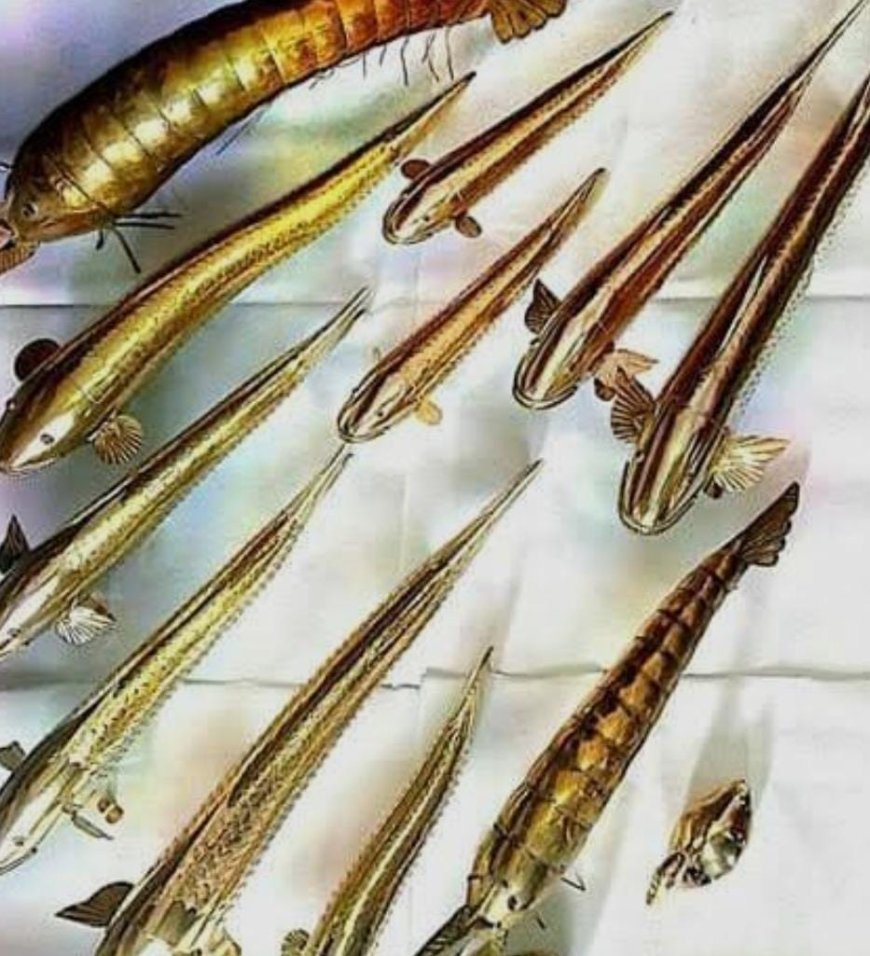
Blending the precision of armour-making with imagination, they created artefacts infused with a sense of motion, mimicry, and aesthetic beauty. Their innovation attracted widespread appreciation and helped establish the Pitala Macha as a symbol of Belaguntha’s craft legacy.
British Patronage and the Victoria Technical Institute
During the colonial period, this intricate art form caught the attention of the British Government, who promoted it under their art and craft outreach programmes. The Victoria Technical Institute, founded in Madras (now Chennai) in 1887, played a key role in showcasing and marketing Indian craftsmanship. A historic letter dated 7 June 1946, addressed to Sri Narasinga Moharana from the Institute, further solidifies Belaguntha’s artistic recognition during the British era.
In the post-independence period, this lineage continued to be celebrated. The family received national and state honours, including an award from President Varahagiri Venkata Giri and a State Craft Award in 2000 bestowed upon Sri Pradeep Moharana, a direct descendant of the pioneering artisan.

A Living Heritage
Today, the Moharana family remains the sole ancestral custodian of this extraordinary craft, with the current generation still deeply involved in its practice. Additionally, maternal kin in K-Noagad village — within the same Belaguntha block — continue to contribute to the art form’s preservation.
Conclusion
Pitala Macha is more than just a decorative object — it is a living tradition, a symbol of Odisha’s cultural richness, and a testimony to the genius of local craftsmanship. With roots in both warfare and worship, and having traversed the corridors of royal courts to international exhibitions, Belaguntha’s brass fish remains an enduring emblem of art, faith, and identity.
Supporting this craft is not just about buying an artefact — it is about preserving a legacy, empowering artisans, and celebrating India's timeless heritage.



